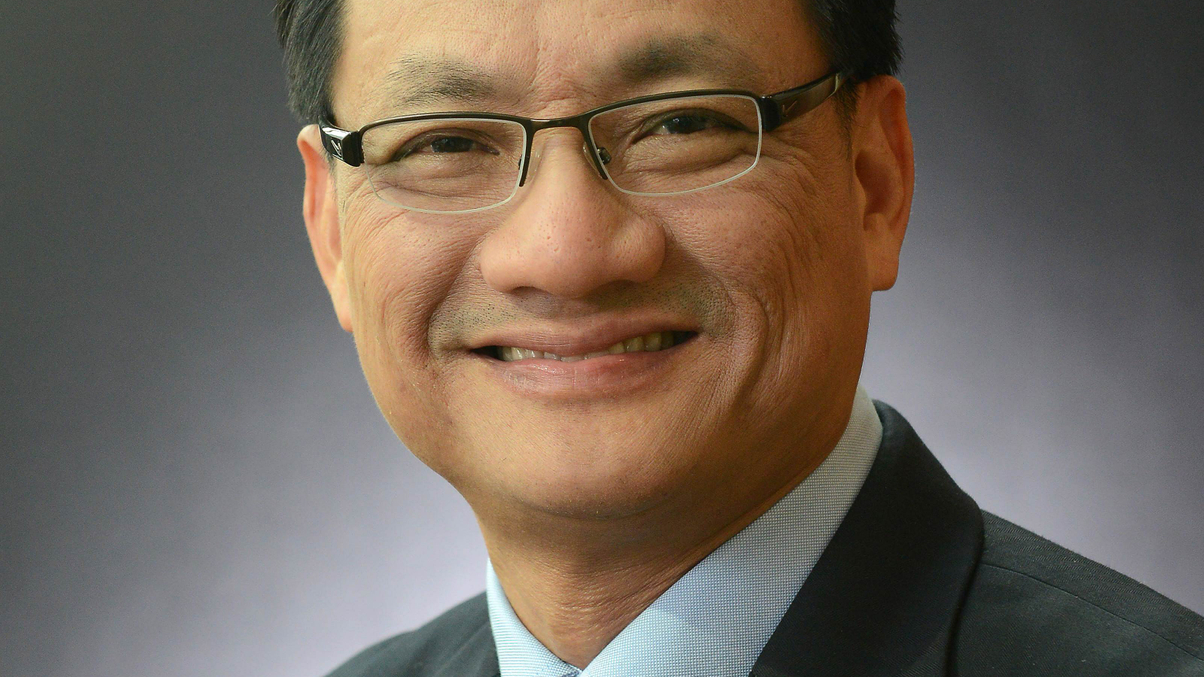How Bank of Singapore selects products
Hou Wey Fook, head of managed investment solutions at the private bank, outlines how his team incorporates active and passive funds in client portfolios, and its use of consultants.

Bank of Singapore was formed after Singaore's OCBC acquired ING Asia Private Bank in January 2010, merged it with its own private banking operations and renamed the combined entity.
Sign in to read on!
Registered users get 2 free articles in 30 days.
Subscribers have full unlimited access to AsianInvestor
Not signed up? New users get 2 free articles per month, plus a 7-day unlimited free trial.
¬ Haymarket Media Limited. All rights reserved.


